How to Choose the Right Roofing Material for a Home
Clay and concrete tiles provide durable, fire-resistant roofing with a lifespan over 50 years, but their weight and cost require additional structural support and specialized installation.
Selecting the appropriate roofing material for a home is an important decision that affects aesthetics, durability, energy efficiency, and overall property value. With a wide range of choices, homeowners often find themselves overwhelmed by choices. Understanding the characteristics, benefits, and limitations of different roofing materials can help in making an informed decision that aligns with specific needs, budgets, and local climate conditions.
Asphalt Shingles
Asphalt shingles remain a popular roofing material in North America due to affordability and versatility. These shingles come in various colors and styles, allowing homeowners to achieve desired looks without breaking the bank. They are easy to install and repair, making them a favorite among roofing companies.
Advantages of asphalt shingles include cost-effectiveness, wide availability, and ease of installation. They perform well in most weather conditions and typically last 20-30 years with proper maintenance.
However, asphalt shingles may not be the best choice for extremely hot or cold climates. They can also be prone to algae growth in humid areas, which may affect their appearance over time.
Metal Roofing
Metal roofing has recently gained popularity due to its longevity and energy efficiency. Metal roofs come in many kinds of materials such as steel, aluminum, and copper, and can last 50 years or more with minimal maintenance.
The reflective properties of metal roofing can improve energy efficiency, potentially reducing cooling costs in warm climates. Metal roofs are also fire-resistant and can withstand high winds, making them an ideal choice for regions prone to severe weather. However, metal roofing can be pricier than asphalt shingles.
Clay and Concrete Tiles
Clay and concrete tiles provide a distinctive look to homes. These materials are extremely durable, with lifespans that can exceed 50 years. They offer excellent fire resistance and perform well in hot climates. Clay tiles are favored for their natural beauty and ability to maintain their color over time.
The main drawbacks of tile roofing are its weight and cost. Some homes may need additional structural support to bear the load of tiles. Installation can also be more complex, requiring specialized skills from roofing companies.
Slate Roofing
Slate is a premium roofing material popular for its raw beauty and exceptional longevity. A properly installed slate roof can last over a century, making it a truly long-term investment in a home.
Slate offers unparalleled durability and fire resistance. Its natural aesthetic adds elegance to any home, and it requires little maintenance over its lifespan. However, slate is one of the most expensive roofing options available.
Wood Shakes and Shingles
Wood shakes and shingles provide a rustic, natural look that appeals to many homeowners. Typically made from cedar, redwood, or pine, these materials offer good insulation properties and can be treated for improved fire resistance.
Wood roofing materials age beautifully, developing a silver-gray patina over time. They perform well in dry climates and can last 30-50 years with proper maintenance.
The main disadvantages of wood roofing include higher maintenance requirements and potential vulnerability to fire, insects, and rot, especially in humid climates.
Synthetic Roofing Materials
Synthetic roofing materials like rubber, plastic, and polymer roofing are created to emulate the appearance of natural materials while offering improved durability and lower maintenance requirements.
While synthetic roofing has come a long way in terms of appearance, some homeowners may still prefer the authenticity of natural materials. The environmental impact of synthetic materials should also be considered.
Factors to Consider When Choosing Roofing Materials
Climate plays a crucial role in selecting roofing materials. Areas with heavy rainfall or snow may benefit from materials with excellent water-shedding properties, while hot climates might prioritize reflective materials for energy efficiency.
The architectural style of the home should guide the choice of roofing material to maintain aesthetic harmony. For example, a colonial-style home might look best with asphalt shingles or slate, while a Mediterranean-style house could be enhanced by clay tiles.
Budget considerations should include not only the initial cost of materials and installation but also long-term expenses such as maintenance, potential repairs, and energy savings.
Local building codes and homeowners' association rules may restrict certain roofing materials or colors, making it essential to check regulations before making a final decision.
Selecting the right roofing material involves balancing numerous factors to find the best fit for a specific home and situation. While cost is often a primary concern, it's crucial to consider the long-term value, durability, and performance of different materials. Consulting with a reputable roofing company can provide valuable insights into the best options for a particular climate, architectural style, and budget.
Irish Roofing Company provides Scottsdale with residential tile roof installation and replacement, shingle roof installation and replacement, metal roof installation and replacement, roof repair, roofing maintenance, and roof inspection services. Count on our uniformed, knowledgeable, and experienced roofers for high-quality roofing solutions.

